BACK TO finalistS
Finalist: Architectural Category
DEATH OF A NO MAN'S LAND
Death of a No Man’s Land: A Manifesto for Ecological and Social Restoration Introduction The marshlands, historically teeming with ecological richness and offering essential services to their surroundings, face an existential threat due to human intervention and neglect. This project proposes a design framework to restore a degraded marshland, ecologically rich but now abandoned due […]

Death of a No Man’s Land: A Manifesto for Ecological and Social Restoration
Introduction
The marshlands, historically teeming with ecological richness and offering essential services to their surroundings, face an existential threat due to human intervention and neglect. This project proposes a design framework to restore a degraded marshland, ecologically rich but now abandoned due to human impact—by focusing on sustainability, resilience, and reintegration with natural and community systems.
The Death of a No Man’s Land
"Death of a No Man’s Land" symbolizes both closure and renewal—marking the end of ecological neglect and the start of a transformative recovery. The project goes beyond conventional restoration by aligning the life cycle of built interventions with nature’s regenerative rhythms, envisioning a future where human and ecological systems co-exist in a revitalized, thriving landscape.
The Framework: Birth, Life, and Death
At the heart of the project is a phased intervention strategy based on the cyclical stages of birth, life, and death. This approach mirrors natural rhythms, allowing each phase to support and accelerate the marshland’s regeneration without relying on fixed, permanent solutions.
This phase follows the Hanover Principles, using renewable, non-toxic, and biodegradable materials. Guided by a cradle-to-cradle approach, structures are designed to naturally reintegrate into the environment after fulfilling their purpose.
During this phase, human interventions are carefully calibrated to support ecological succession. For instance, microhabitats are integrated into the structures to encourage wildlife return, while materials degrade in harmony with natural processes.
This phase ensures that the marshland is left as a fully restored and self-sustaining ecosystem, free of residual human footprints.
Community as Catalyst
The success of this project depends on the active involvement of the local community. The marshland’s degradation was not merely an ecological failure but a social one, marked by the disconnect between people and place. To address this, the project incorporates participatory design and stewardship practices
The Hanover Principles as Guiding Ethos
The Hanover Principles serve as the philosophical backbone of this project, providing a blueprint for sustainable and ethical design. These principles emphasize
In practice, these principles guide every decision, from material selection to spatial planning, ensuring that the interventions align with both ecological imperatives and human aspirations.
Anticipated Outcomes
Within 10 to 15 years, the marshland will have undergone a remarkable transformation:
Conclusion
The Death of a No Man’s Land project challenges conventional notions of design and development by
embracing impermanence and aligning human interventions with natural cycles. It envisions a future
where abandoned spaces are not forgotten but reborn, where communities are active participants in
ecological recovery, and where design serves as a bridge between humanity and the environment.
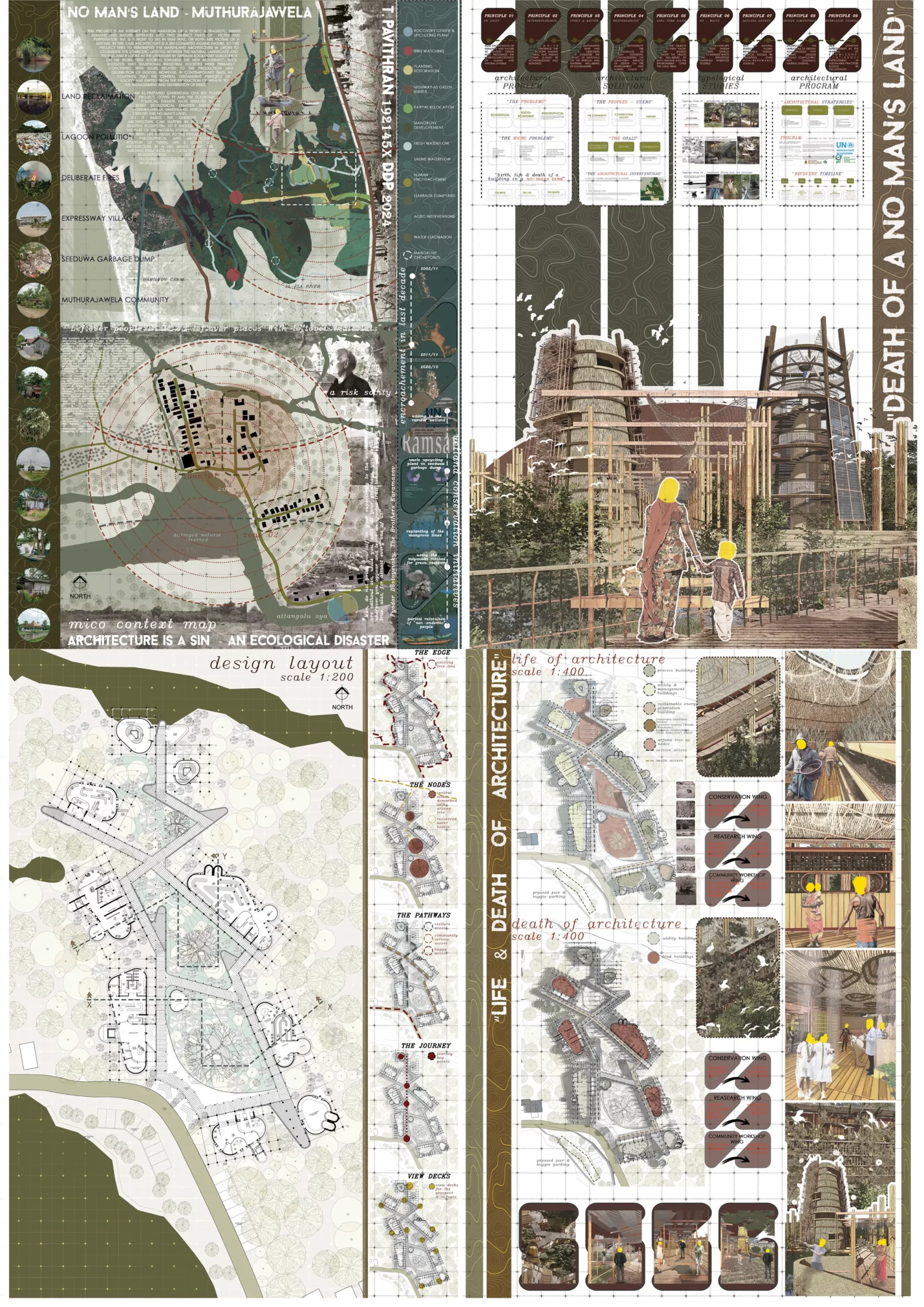
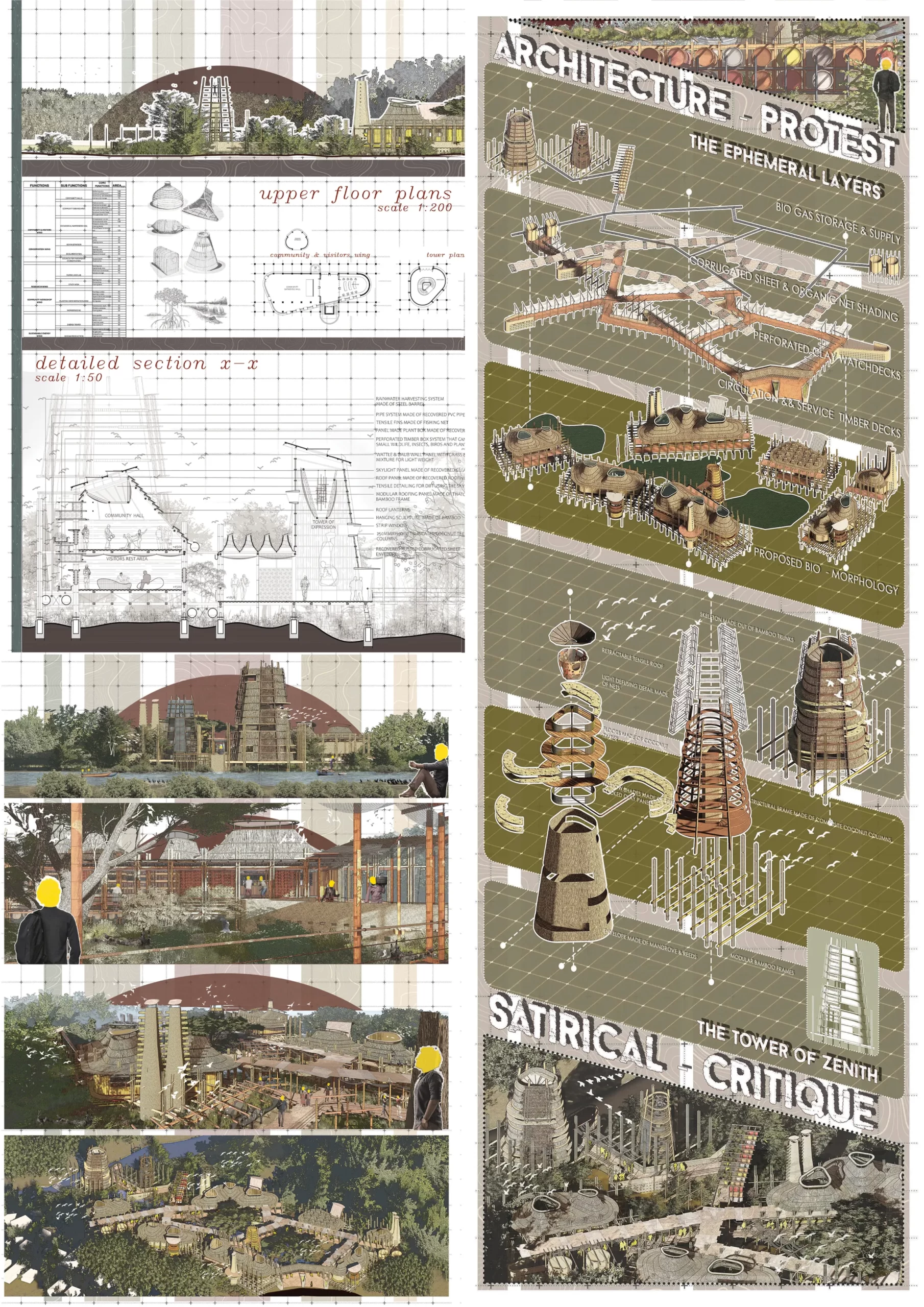
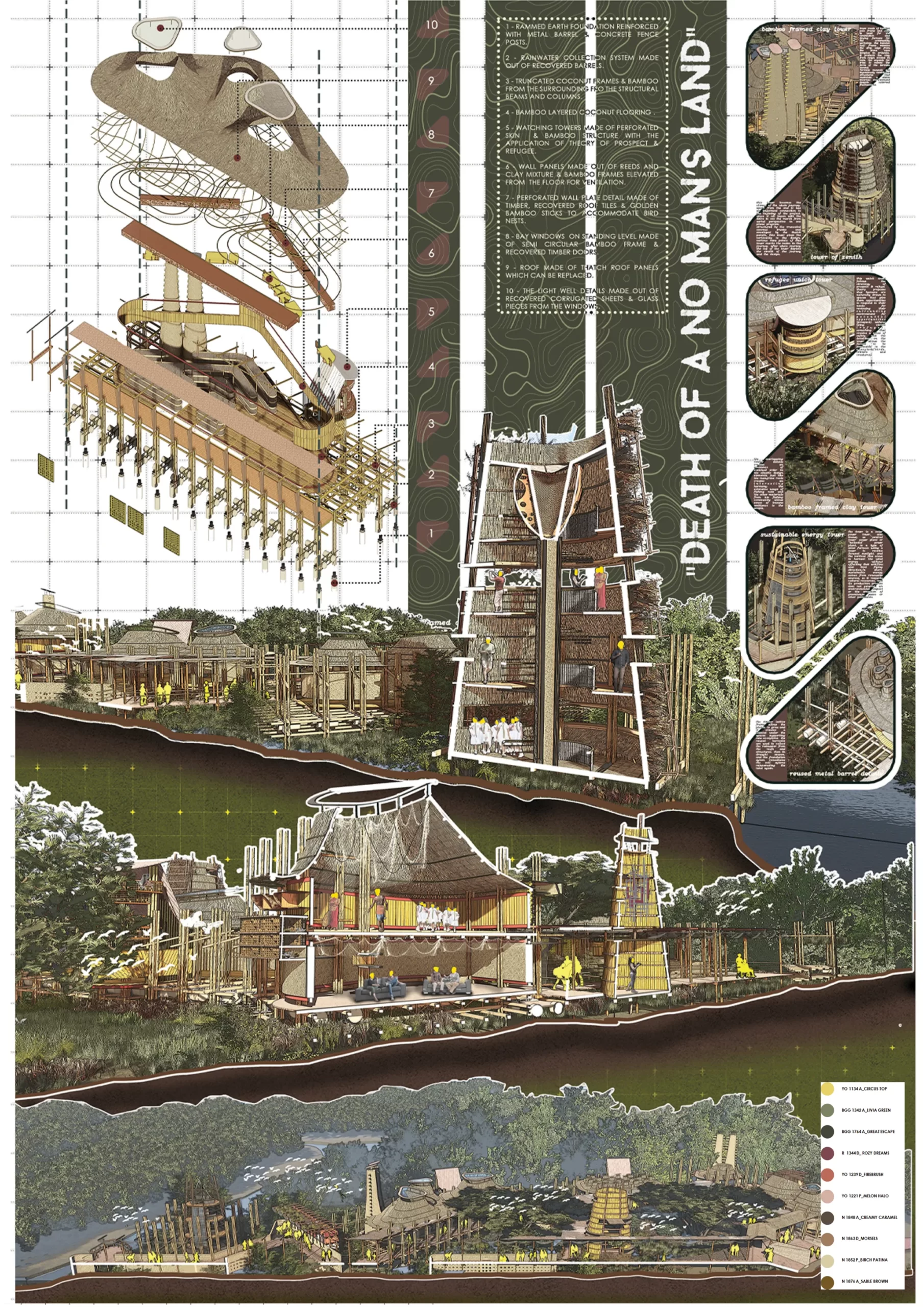
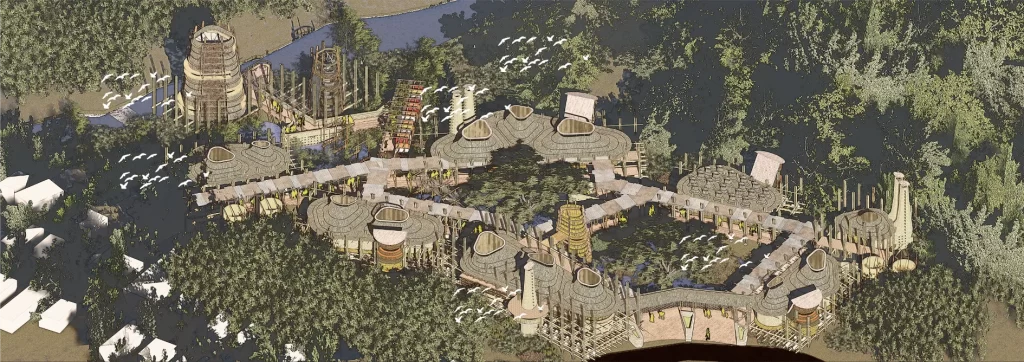
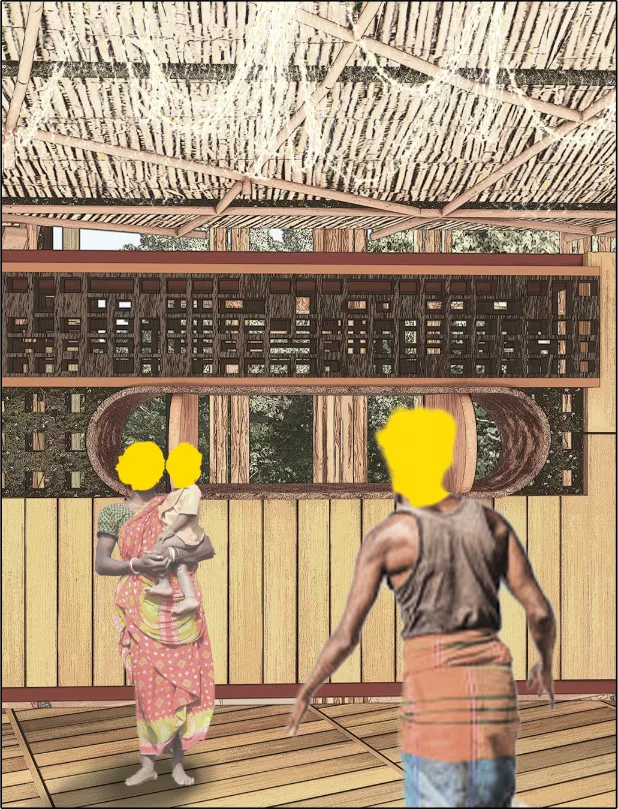
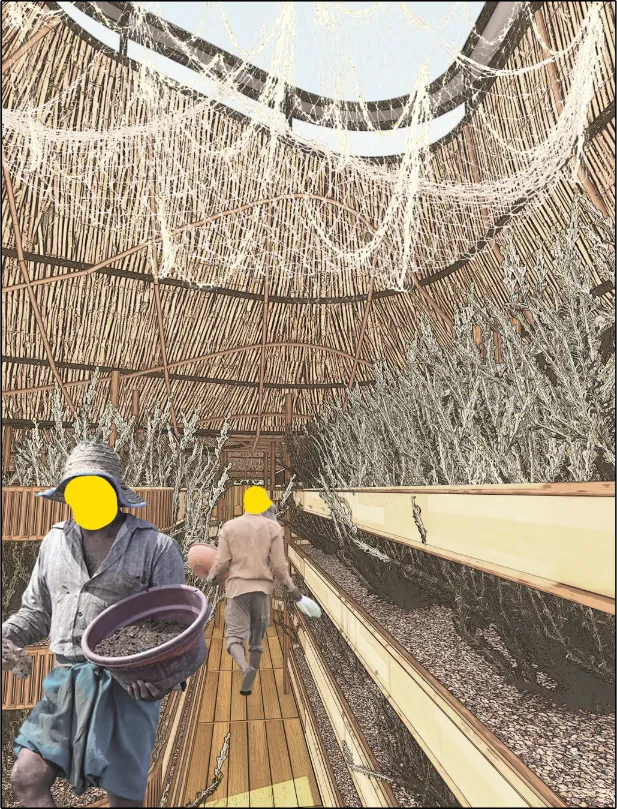
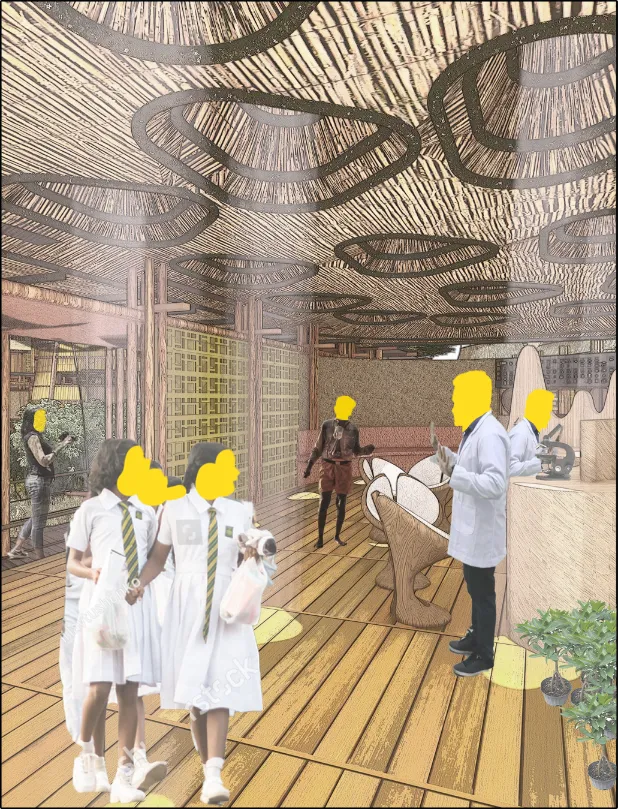
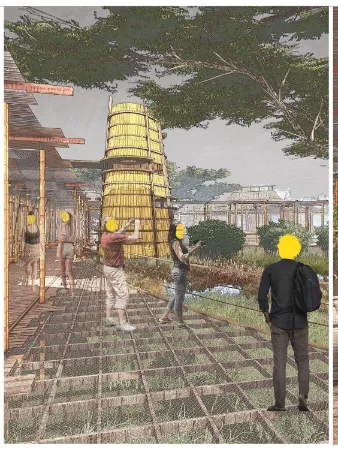
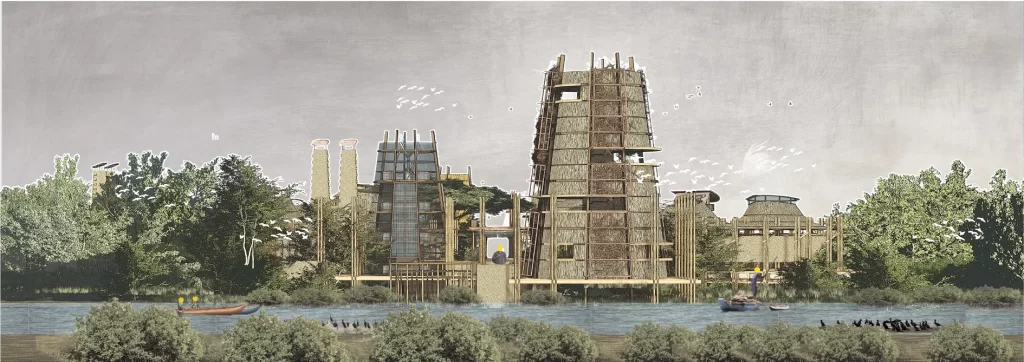
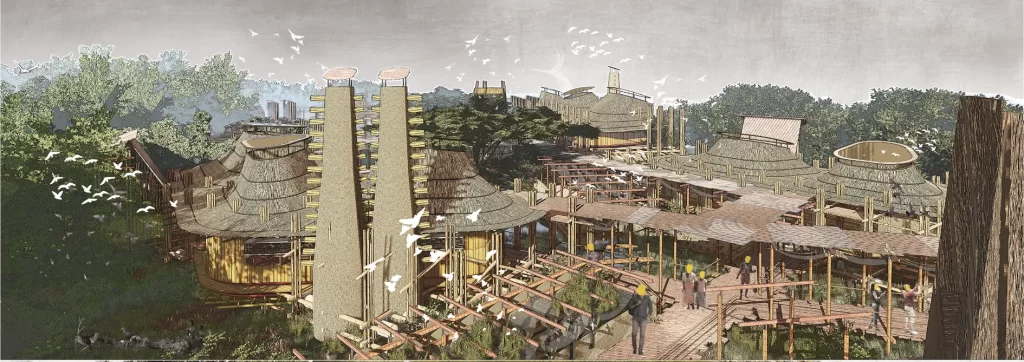
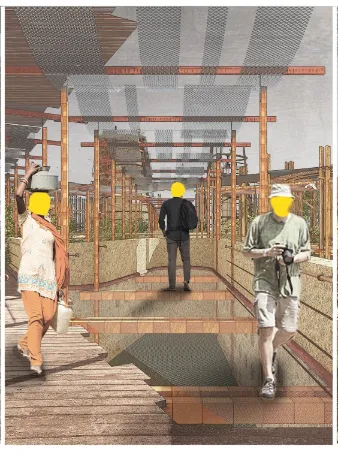
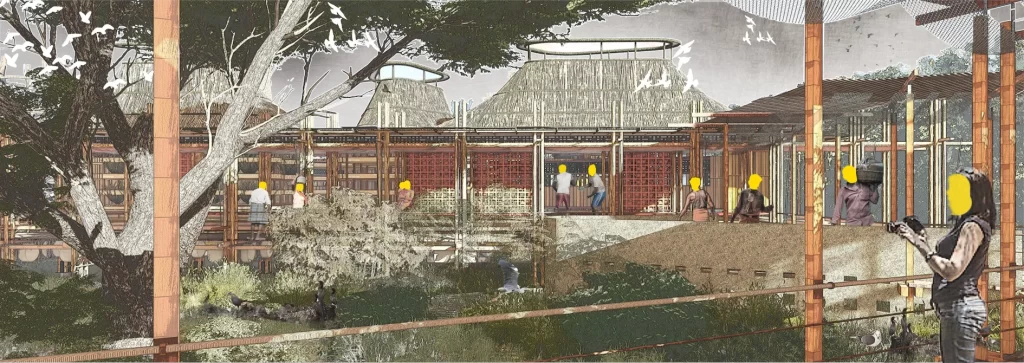
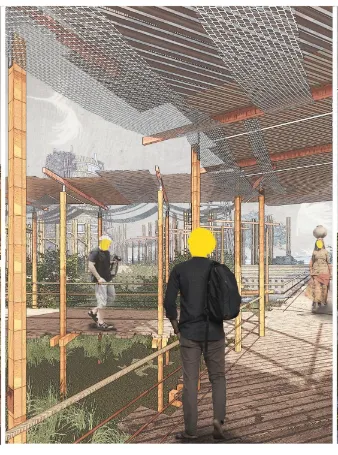
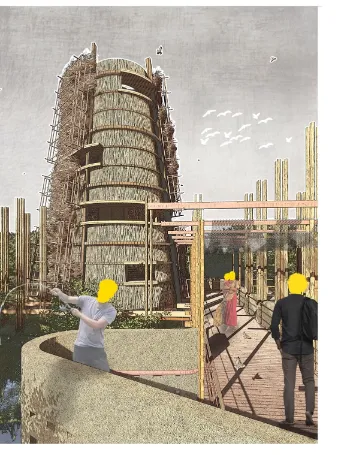
Showcase your design to an international audience
SUBMIT NOW
Image: Agrapolis Urban Permaculture Farm by David Johanes Palar
Top
Death of a No Man’s Land: A Manifesto for Ecological and Social Restoration Introduction The marshlands, historically teeming with ecological richness and offering essential services to their surroundings, face an existential threat due to human intervention and neglect. This project proposes a design framework to restore a degraded marshland, ecologically rich but now abandoned due to human impact—by focusing on sustainability, resilience, and reintegration with natural and community systems. The Death of a No Man’s Land "Death of a No Man’s Land" symbolizes both closure and renewal—marking the end of ecological neglect and the start of a transformative recovery. The project goes beyond conventional restoration by aligning the life cycle of built interventions with nature’s regenerative rhythms, envisioning a future where human and ecological systems co-exist in a revitalized, thriving landscape. The Framework: Birth, Life, and Death At the heart of the project is a phased intervention strategy based on the cyclical stages of birth, life, and death. This approach mirrors natural rhythms, allowing each phase to support and accelerate the marshland’s regeneration without relying on fixed, permanent solutions. This phase follows the Hanover Principles, using renewable, non-toxic, and biodegradable materials. Guided by a cradle-to-cradle approach, structures are designed to naturally reintegrate into the environment after fulfilling their purpose. During this phase, human interventions are carefully calibrated to support ecological succession. For instance, microhabitats are integrated into the structures to encourage wildlife return, while materials degrade in harmony with natural processes. This phase ensures that the marshland is left as a fully restored and self-sustaining ecosystem, free of residual human footprints. Community as Catalyst The success of this project depends on the active involvement of the local community. The marshland’s degradation was not merely an ecological failure but a social one, marked by the disconnect between people and place. To address this, the project incorporates participatory design and stewardship practices The Hanover Principles as Guiding Ethos The Hanover Principles serve as the philosophical backbone of this project, providing a blueprint for sustainable and ethical design. These principles emphasize In practice, these principles guide every decision, from material selection to spatial planning, ensuring that the interventions align with both ecological imperatives and human aspirations. Anticipated Outcomes Within 10 to 15 years, the marshland will have undergone a remarkable transformation: Conclusion The Death of a No Man’s Land project challenges conventional notions of design and development by
The birth phase marks the initiation of interventions designed to stabilize and support the ecosystem's regenerative capacity. These interventions include:
o Removal of invasive species to restore native ecosystems
o Reintroduction of key ecological functions (e.g., water filtration, sediment stabilization)
o Community engagement through educational workshops to build shared stewardship.
The life phase focuses on fostering dynamic interactions between the community and the recovering ecosystem. Temporary built environments act as platforms for education, recreation, and research, while remaining sensitive to the marshland's evolving needs. Key elements include,
o Boardwalks and observation platforms constructed with locally sourced, biodegradable materials that adapt to the marshland's natural fluctuations.
o Spaces for citizen science and ecological monitoring, fostering active community engagement.
o Seasonal installations that celebrate the marshland’s biodiversity and involve local artists and designers.
The death phase represents the deliberate dismantling or decomposition of the built interventions. Unlike traditional development models that view the lifespan of buildings as finite, this phase embraces their integration back into the landscape. Key strategies include
o Deconstruction processes minimize waste and maximize the reuse of materials.
o Biodegradable elements that break down into the soil, enriching its composition.
o Ritualized community events that mark the transition, fostering a collective sense of accomplishment and closure.
long-term stewards of the marshland.
land will resume its role as a critical ecological buffer.
recreation, strengthening the bonds between people and their environment.
similar initiatives in other degraded landscapes.
embracing impermanence and aligning human interventions with natural cycles. It envisions a future
where abandoned spaces are not forgotten but reborn, where communities are active participants in
ecological recovery, and where design serves as a bridge between humanity and the environment.













